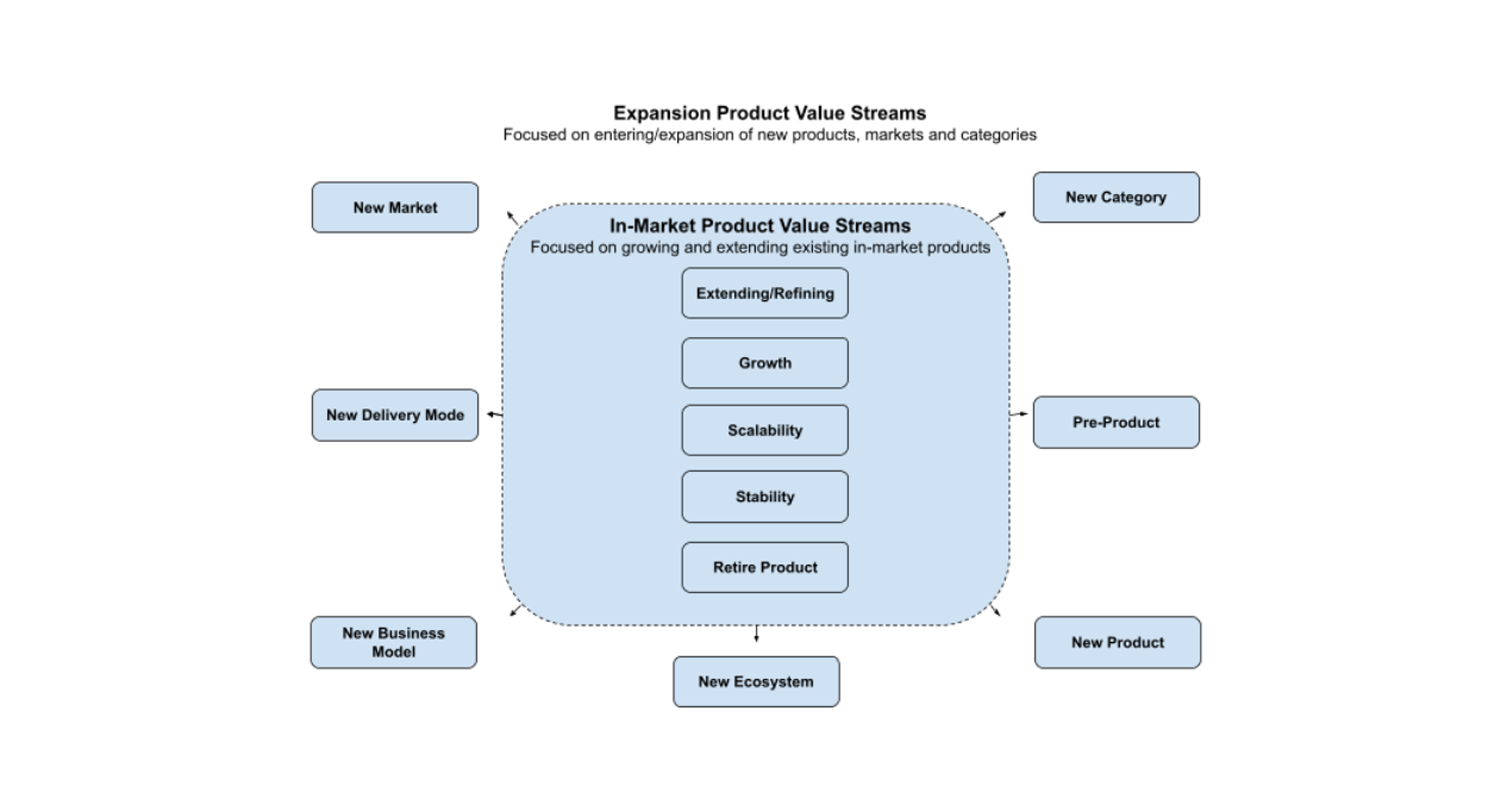Some have argued that the TALC is outdated and needs to be rethought. My colleague Geoffrey Moore provided his usual steady, humble and clarifying commentary that effectively rebuffed the notion that the TALC has worn out its welcome. To pile on to my colleague’s analysis, I think the TALC clearly applies to the modern technology era of SaaS, albeit that SaaS has dramatically compressed the TALC adoption time horizon in many cases. In the past, where tornado category adoption might have required 10-15 years to achieve, SaaS has dramatically accelerated new category maturation through the TALC. The key point is that those technology categories still go through the TALC stages (early market, bowling alley, tornado and main street). Let’s explore some of the key SaaS TALC accelerators.
- Cloud foundation services such as AWS and Salesforce PaaS, have allowed SaaS companies to focus their scarce resources on building whole products faster and better with reduced adoption risk for pragmatist customers. In turn, subsequent SaaS innovators can leverage the work of their SaaS brethren and deliver value to pragmatists even faster. Look no further than the Salesforce.com ecosystem and the number of upstart companies that have rapidly matured in record time by leveraging the Salesforce PaaS platform. For example, nCino, a cloud banking company built on Salesforce PaaS, went public and has a market cap of $6B.
- The product-led growth (PLG) movement and effective digital buyer journey orchestration and optimization have had an enormous impact on the speed of TALC adoption life cycle maturation. PLG-driven companies such as Slack, HubSpot, Gainsight and Atlassian, just to name a few that have crossed the chasm and are well into the tornado, all bear witness to this fact.
- Thirdly, the customer success management (CSM) category, a pillar in every successful SaaS growth company, has accelerated the TALC adoption life cycle. Gainsight, the creator of the CSM category, drove the vision that a SaaS company must focus on superior customer experience and value realization through technology that gives them visibility into their customers’ experiences, product adoption/usage and value realization. I believe the maniacal focus on CSM has accelerated TALC adoption life cycles by dramatically increasing customer retention, product adoption/usage and customer growth.
- Cloud-native SaaS products sometimes catch otherwise late adopting markets by storm. Witness Veeva, the industry stalwart in life sciences, born in the cloud in 2007 to disrupt the legacy on-premise life sciences software category. Their growth story is remarkable with revenues growing from $0 to $130M by 2013, jumping to $550M in 2017 and $1.5B in 2021. I would say pragmatists in acute pain from legacy software systems that were at their limits of scale, usability and utility fueled a generation of pragmatists in pain who were willing to bet on Veeva offering them relief. In turn, the accelerated adoption of pragmatists in pain led to accelerated adoption by herd pragmatists who followed after they saw referenceable results from marquee companies adopting a solution. The adoption flood gates then opened wide.
- The COVID-19 pandemic catapulted several categories in their TALC maturation. While COVID-19 was a secular phenomena, I believe the multi-tenant, highly scalable and easily deployable nature of SaaS applications allowed for dramatically faster adoption during the pandemic. SaaS web conferencing and learning management systems (LMSs) are two prime examples. While both categories were post-Chasm in the pre-COVID-19 era, the dramatic level of adoption that occurred in these SaaS categories is attributable to the fact that pragmatists and conservatives were under incredible pain and needed to adopt a solution. In the web conferencing category, Zoom alone saw its 2019 revenues of $331M and net income of $7.58M grow to an astounding $2.65B in revenue and $672.3M in net income in 2021. Similarly, while their financials are not publicly reported, Google Classroom (saw a one year growth from 40 million to 150 million users) and Powerschool (recently filed to go public) also saw dramatic growth. The pandemic created the perfect storm to accelerate adoption of certain categories of technology. The threat of not being able to conduct business or school were both sufficient motivators to create widespread adoption of these technologies among pragmatists and conservatives alike. In effect, COVID was demanding transformation during the pandemic and companies and schools alike could not afford to delay the transformation. The easily deployable and scalable nature of SaaS made it easier and faster to do so. Sounds exactly like the TALC playbook to me.
I’m curious about your thoughts about the impact of SaaS on TALC adoption cycles. Leave a comment on our LinkedIn Post.

